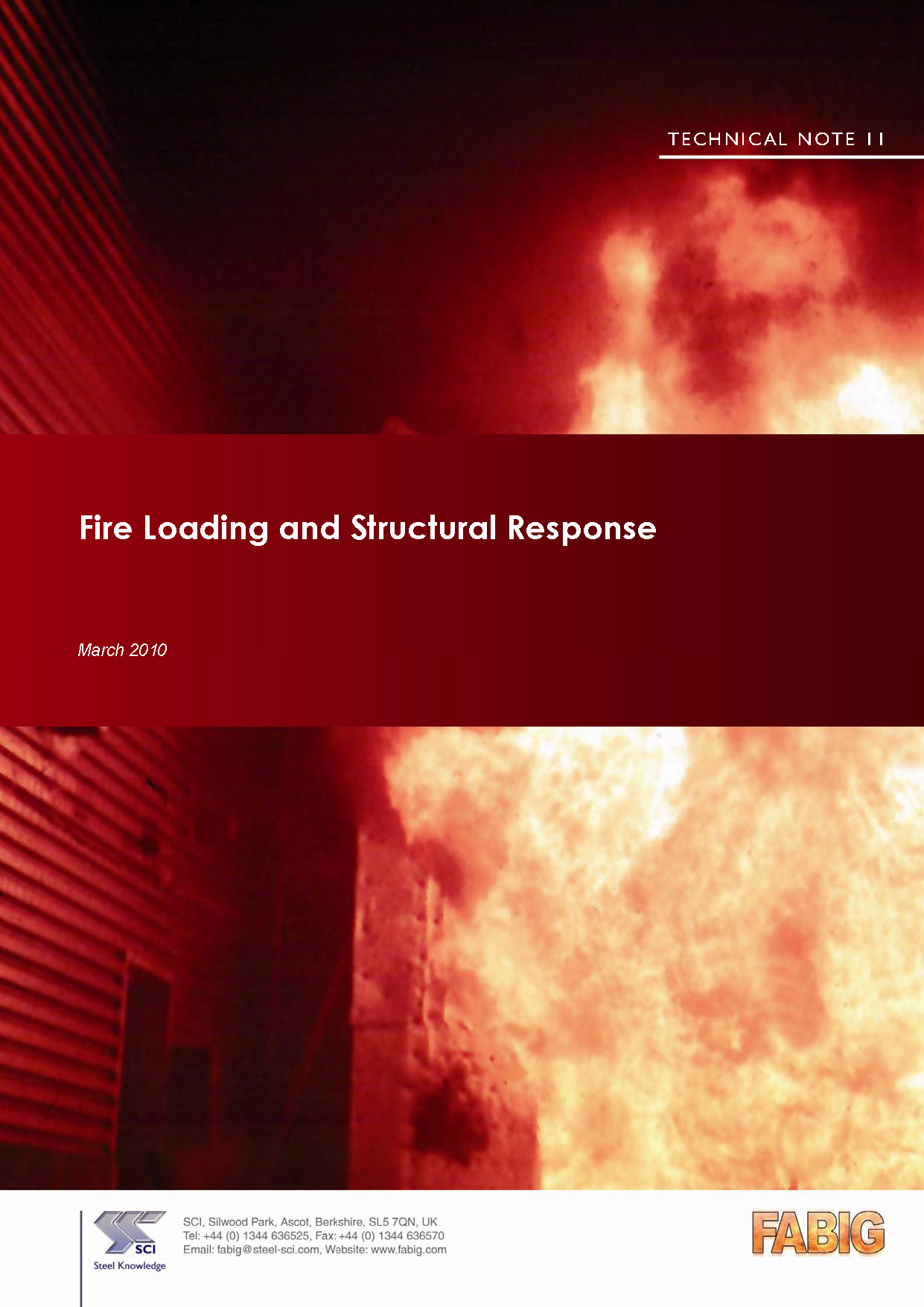Technical Note 11
Fire Loading and Structural Response

FABIG Members: Log-in to access all FABIG resources LOG IN
SUMMARY
IMPORTANT NOTE: Technical Note 11 has now been superseded by Technical Note 13
This Technical Note updates and expands certain aspects of the guidance on fire engineering given in the Interim Guidance Notes, FABIG Technical Notes 1 and 6 and the UKOOA guidance. The contents are as follows:
-
Section 2 covers hydrocarbon jet and pool fires, giving simplified guidance on estimating fire loads for design
-
Section 3 gives guidance on heat transfer and temperature development in steel members
-
Section 4 summarises general principles of passive fire protection (PFP), noting relevant standards
-
Section 5 gives strength and stiffness data for steel and stainless steel at high temperatures
-
Sections 6 and 7 describe the Eurocode basis of design and the process for determining the fire resistance of structural steel members in accordance with Eurocode 3
-
Appendix A describes a probabilistic approach for determining offshore fire loads
-
Appendices B and C give properties of carbon and stainless steel at high temperatures
-
Appendices D and E give further information on the structural Eurocodes and two design examples of fire resistant design to Eurocode 3.
The scope of this document is limited to hydrocarbon fires and the response of steel members in the types of structures typically encountered in the oil and gas industry.
TABLE OF CONTENTS
- INTRODUCTION
- Background
- Scope
- Fire hazard management
- SIMPLIFIED GUIDANCE ON ESTIMATING HYDROCARBON FIRE LOADS
- Jet fires
- Pool fires
- HEAT TRANSFER AND TEMPERATURE DEVELOPMENT
- Introduction
- Heat transfer to surrounding objects
- Heat transfer to engulfed objects
- Heat transfer by attachments to structural steelwork
- GENERAL PRINCIPLES OF PASSIVE FIRE PROTECTION
- Objectives of passive fire protection (PFP)
- Testing and classification of PFP systems
- PFP performance standards
- Coatback of secondary and tertiary attachments
- MATERIAL PROPERTIES AT ELEVATED TEMPERATURES
- Mechanical properties for structural carbon steels
- Thermal properties for structural carbon steels
- Mechanical properties for structural stainless steels
- Thermal properties for structural stainless steels
- Mechanical properties for welds and bolts
- 6. EUROCODE APPROACH TO FIRE RESISTANT DESIGN
- Designing with the Eurocodes
- Verification by partial factor method
- Scope of Eurocode for structural fire design of steel structures
- Fire design procedures in the Eurocodes
- Verification of member resistances in fire
- EUROCODE SIMPLE DESIGN RULES FOR STRUCTURAL STEEL MEMBERS IN FIRE
- Section classification
- Critical temperature method
- Design resistances of structural members
- Design resistance of joints
- REFERENCES
- APPENDIX A PROBABILISTIC ASSESSMENT OF FIRE LOADS AND STRUCTURAL RESPONSE
- Introduction
- Section 1: Determination of fire load
- Section 2: Structural response analysis
- Case study: a probabilistic assessment of fire load in a Cooler area 79
- APPENDIX B PROPERTIES OF CARBON STEEL AT ELEVATED TEMPERATURE
- Mechanical properties
- Thermal properties
- APPENDIX C PROPERTIES OF STAINLESS STEEL AT ELEVATED TEMPERATURE
- Mechanical properties
- Thermal properties
- APPENDIX D FURTHER INFORMATION ON STRUCTURAL EUROCODES
- List of structural Eurocodes
- Websites
- APPENDIX E EUROCODE DESIGN EXAMPLES
Online purchase options:
Non-Members of FABIG are able to purchase PDF copies of the FABIG Technical Guidance documents.